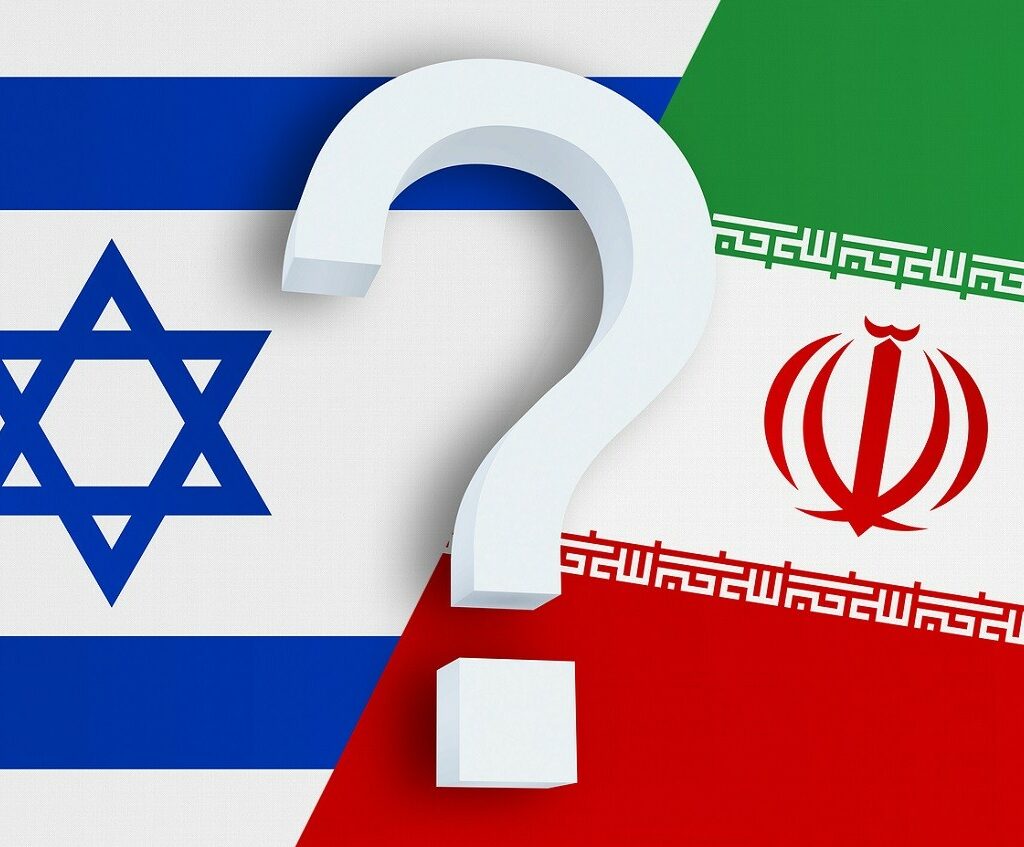Drone warfare between Israel and Iran is no longer a covert game of shadows. It’s become a brutal, high-tech chess match playing out in the skies—and “Operation Rising Lion” has taken it to a whole new level.
In the early hours of June 13, 2025, Israel launched its most audacious strike yet—far surpassing anything it’s done in recent history. Iranian nuclear sites, missile bases, air defense systems, and top military leadership were hit in what is now considered the largest attack on Iran since the Iran-Iraq War.
Why Did Israel Strike Now?
At the heart of this drone attack lies Israel’s decades-long mission: to prevent Iran from acquiring nuclear weapons. Despite global skepticism and numerous peace talks, Tel Aviv has long believed that Tehran is only inches away from breakout capability—the point where it could quickly assemble a nuclear weapon.
And the latest report by the IAEA (International Atomic Energy Agency) backed up those fears, citing Iran’s stockpiling of uranium enriched to 60%—a technical stone’s throw from weapons-grade.
So why now? Several reasons:
- Iran’s enrichment equipment was about to be moved deep underground.
- The IRGC (Islamic Revolutionary Guard Corps) was already weakened in Lebanon, Syria, and Gaza.
- The Biden administration showed sympathy but maintained distance, leaving Israel space to act.
What Made Operation Rising Lion Different?
This wasn’t just another missile strike or shadow assassination. This was full-scale drone warfare. Israel used autonomous drones, AI-guided missiles, and cyber warfare techniques to blind Iranian radar and disable defense systems before the actual strikes began.
According to leaked intelligence, Israeli Mossad agents inside Iran coordinated drone launches from within Iranian territory itself. Some of the UAVs were reportedly loitering munitions—”kamikaze drones” like the Harop—capable of identifying and attacking high-value targets in real time.
Key Targets: Nuclear Facilities and Leadership
Iran’s Nuclear Sites Under Fire
The Natanz uranium enrichment facility, the crown jewel of Iran’s nuclear program, was a primary target. The strikes damaged critical centrifuges and disrupted power supplies—delaying operations by months, if not years.
IRGC and Military High Command
Among the dead were:
- Head of the IRGC
- Chief of Staff Mohammad Bagheri
- Head of the IRGC air force
- At least six nuclear scientists
This level of precision targeting reveals how deeply Mossad has penetrated Iran’s inner military circles.
Civilian Toll and International Fallout
Iranian state TV reported 78 dead, including civilians and children. While this number hasn’t been independently verified, the collateral damage adds new dimensions to the debate on ethical warfare and international law.
Despite claims that the operation was surgical, the reality on the ground—damaged buildings in Tehran and other major cities—paints a grim picture.
How AI and UAVs Are Changing Warfare
From Israel’s Hermes 900 to Iran’s Shahed-136, the role of drones in this conflict is unprecedented. These aren’t just remote-controlled gadgets—they’re smart, fast, and deadly:
- Autonomous Targeting: AI identifies threats in real time
- Swarm Drones: Coordinated attacks to overwhelm defenses
- Cyber Disruption: AI systems jam or blind enemy radar before strikes
This isn’t science fiction. It’s modern warfare.
Global Implications: A Dangerous Precedent?
Risk of a Nuclear Arms Race
Hardliners in Iran may now push harder for a nuclear deterrent, citing this attack as proof of vulnerability. And if Iran goes nuclear, Saudi Arabia, Turkey, and Egypt may follow.
The US and the Region on Edge
The Biden administration has made it clear: they were not involved. But any Iranian retaliation against US bases in the region could spark a wider Middle East conflict.
What’s Next?
Israel has made it clear that this is only the beginning. With Iran reeling and its ability to strike back reduced, Israel may continue its campaign until it believes the nuclear threat has been neutralized.
But this is a high-stakes gamble.
If Iran survives, it may double down on its nuclear ambitions, creating a more dangerous world not just for Israel—but for all of us.

External Link: IAEA Report on Iran

